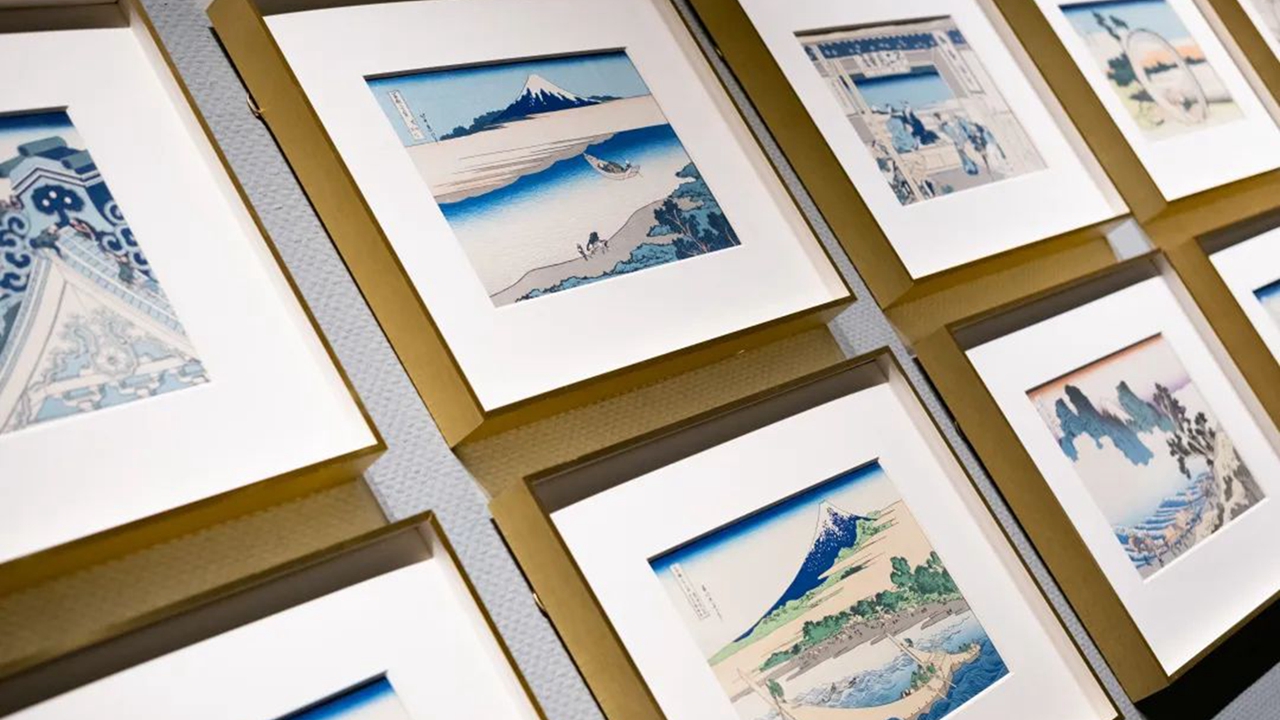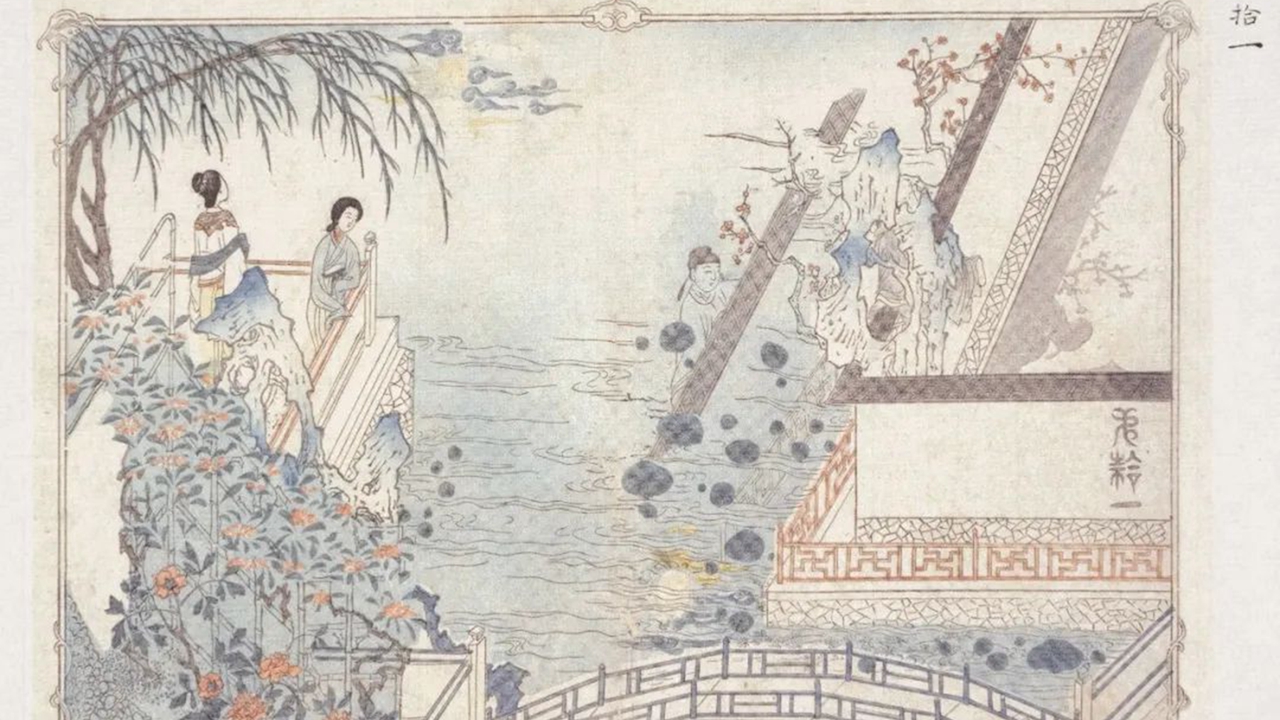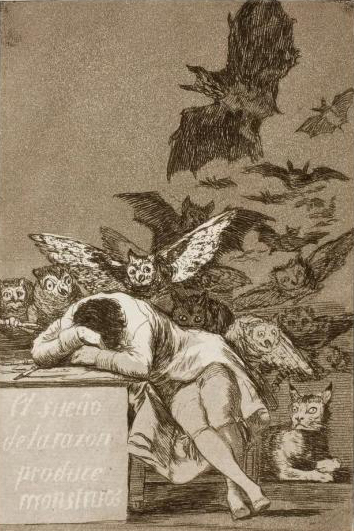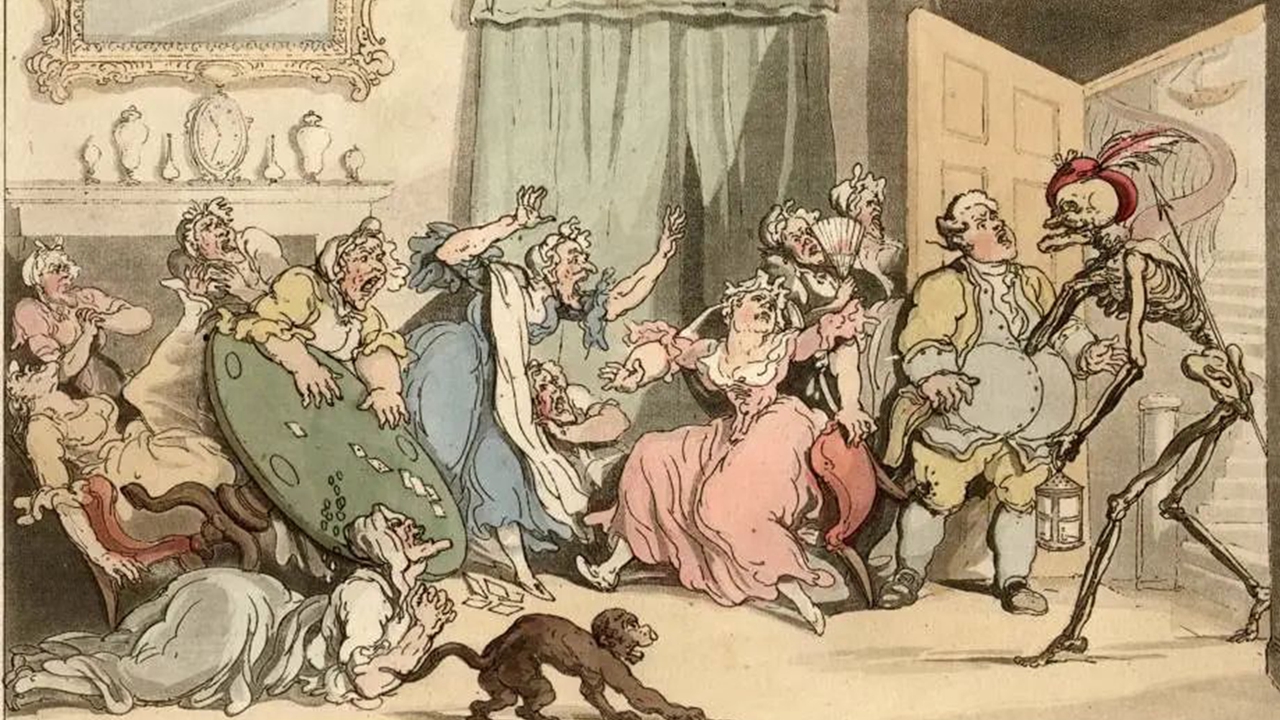Admire classic print pieces in Guanlan
At the Fifth Chinese Printmaking Exhibition, visitors can admire amazing works by printmaking artists, such as Albrecht Dürer, Francisco Goya, Rembrandt, Thomas Rowlandson and Min Qiji.

Prints from Katsushika Hokusai’s “Thirty-six Views of Mount Fuji.”
At the exhibition, visitors can take a glance at Japanese painter and print designer Imao Keinen’s “Keinen Album of Birds and Flowers,” a collection of birds and flowers grouped by seasons, and “Thirty-six Views of Mount Fuji,” a series of landscape prints depicting Mount Fuji in various seasons by Japanese ukiyo-e artist Katsushika Hokusai.
Viewers can also observe some classic pieces, such as Min’s “Romance of the Western Chamber,” Goya’s “The Caprices,” Rowlandson’s “The English Dance of Death” and Dürer’s “The Apocalypse.”

A print from Min Qiji’s “Romance of the Western Chamber.” Photos from China Printmaking Museum
“Romance of the Western Chamber,” one of the most famous literary Chinese works, was written by playwright Wang Shifu during the Yuan Dynasty (1271-1368). In the Ming Dynasty (1368-1644), printmaking artist Min made illustrated recreations of the play. It narrates the love story of a young couple, who without the approval of their parents, consummate their love and delve into a relationship.

A print from Goya’s “The Caprices.”
Goya’s “The Caprices” is a set of 80 prints created in 1797-1798. The prints were an artistic experiment: a medium for Goya’s condemnation of the universal follies and foolishness in the Spanish society in which he lived. The criticisms are far-ranging and acidic; the images expose the predominance of superstition, the ignorance and inabilities of the various members of the ruling class, pedagogical short-comings, marital mistakes and the decline of rationality.

A print from Thomas Rowlandson’s “The English Dance of Death.”
In “The English Dance of Death,” originally published in 1815, Rowlandson created scenes showing death and William Combe wrote verses describing the scenes. The work finds a connection using a thoughtful blend of humor and a wonderful purpose of virtue.
Dürer’s “The Apocalypse” depicted scenes from the biblical book of “Revelation.” It is widely regarded as among Dürer’s most creative and inspiring woodcuts. Dürer’s approach to the woodcuts, which included the integration of close cross-hatching to produce contrast shades of light and dark, was so revolutionary that they were able to transcend the then-dominant paradigm applied to woodcuts and be considered masterworks in their own right.
Dates: Until Feb. 13
Booking: WeChat account “GL_PRINTS”
Venue: China Printmaking Museum, Longhua District (中国版画博物馆)
Metro: Line 4 to Niuhu Station (牛湖站), Exit B